Did you check out our very first eco studio tour with Colombian textile brand Zuahaza? Founder Tatiana told us all about how she started an ethical home decor brand in Bogotá last fall. Now, she works from their office HQ, dreaming, designing, and testing product, before heading off to the workspace of her artisan partners in the town of Charalá. Keep reading for a peek into their process Photos by Ali Campbell.

From the very beginning of Zuahaza, one of the main values was to create not just beautiful items for the home, but truly create products that would not have a negative impact on the environment and the lives of the people who make them. With that in mind, we decided that we needed to work with a material that was earth friendly but also was culturally appropriate for the region. In the region of Santander, organic cotton farming goes back to the Guane indigenous people that lived in this land. The Guane people were experts in harvesting their local cotton, and in making woven goods which they commercialized with other ethnic groups. With the Spanish conquest and later the industrial revolution, the importation of foreign cotton fabrics at a low cost caused the production of organic cotton in Santander to almost disappear.
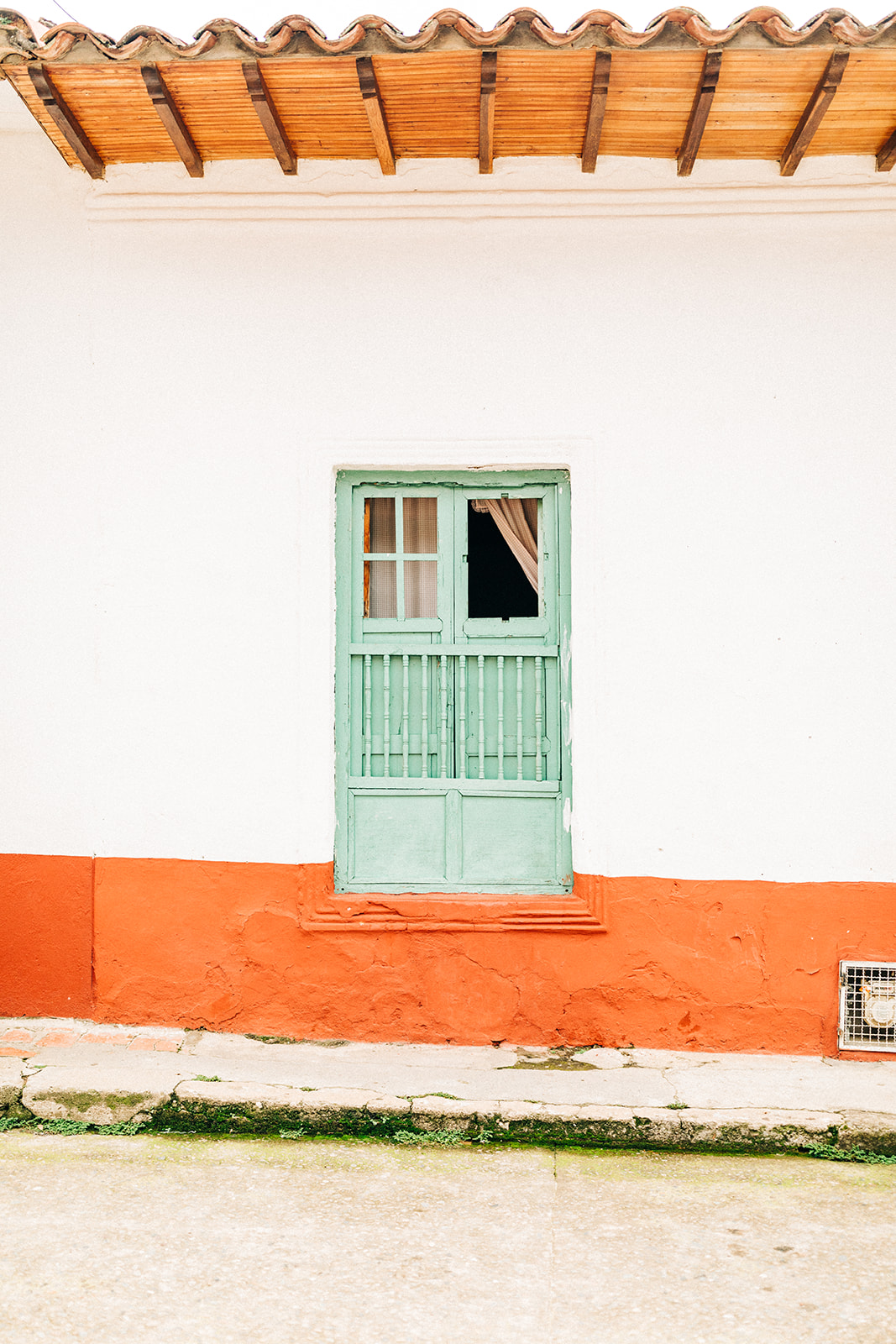
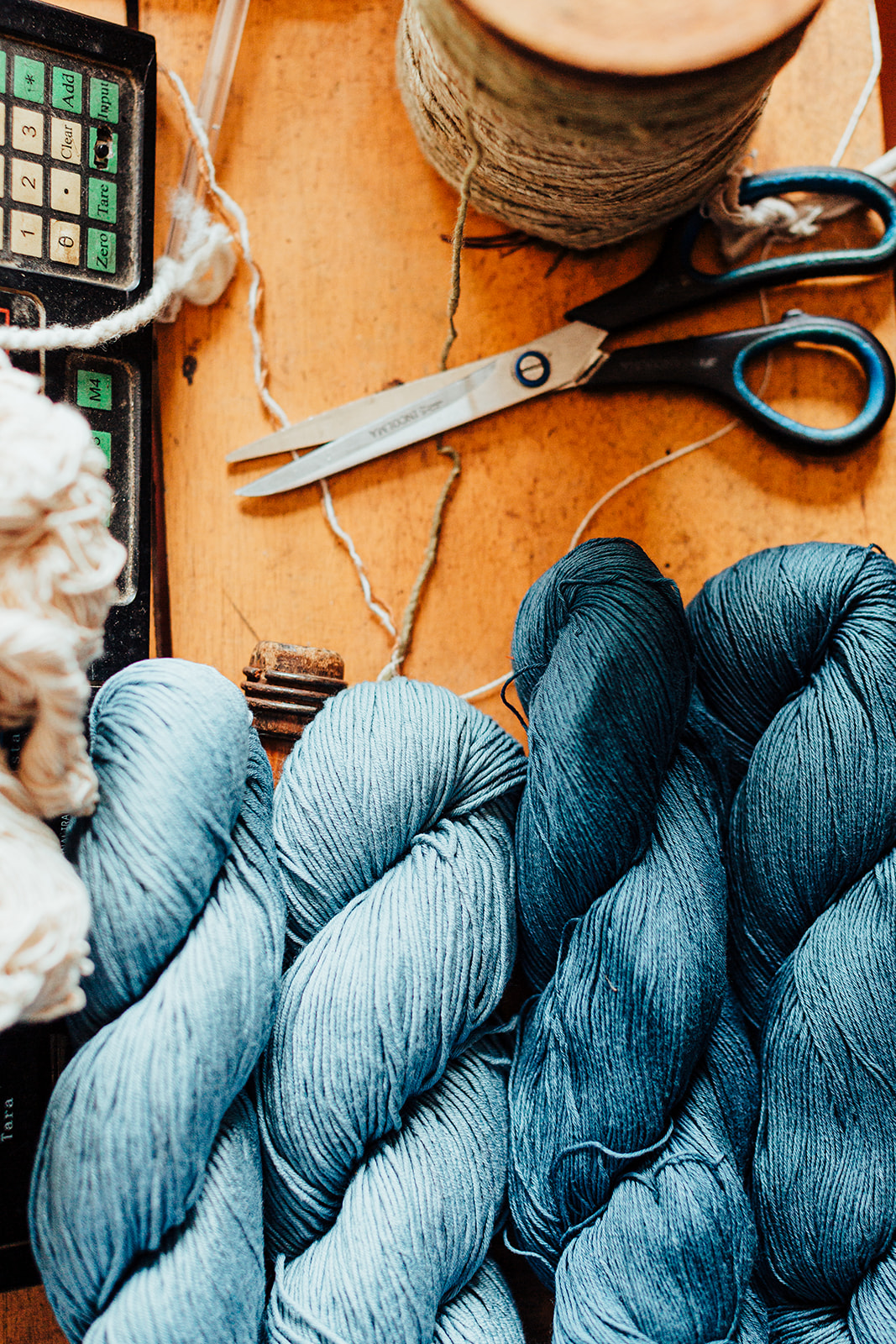
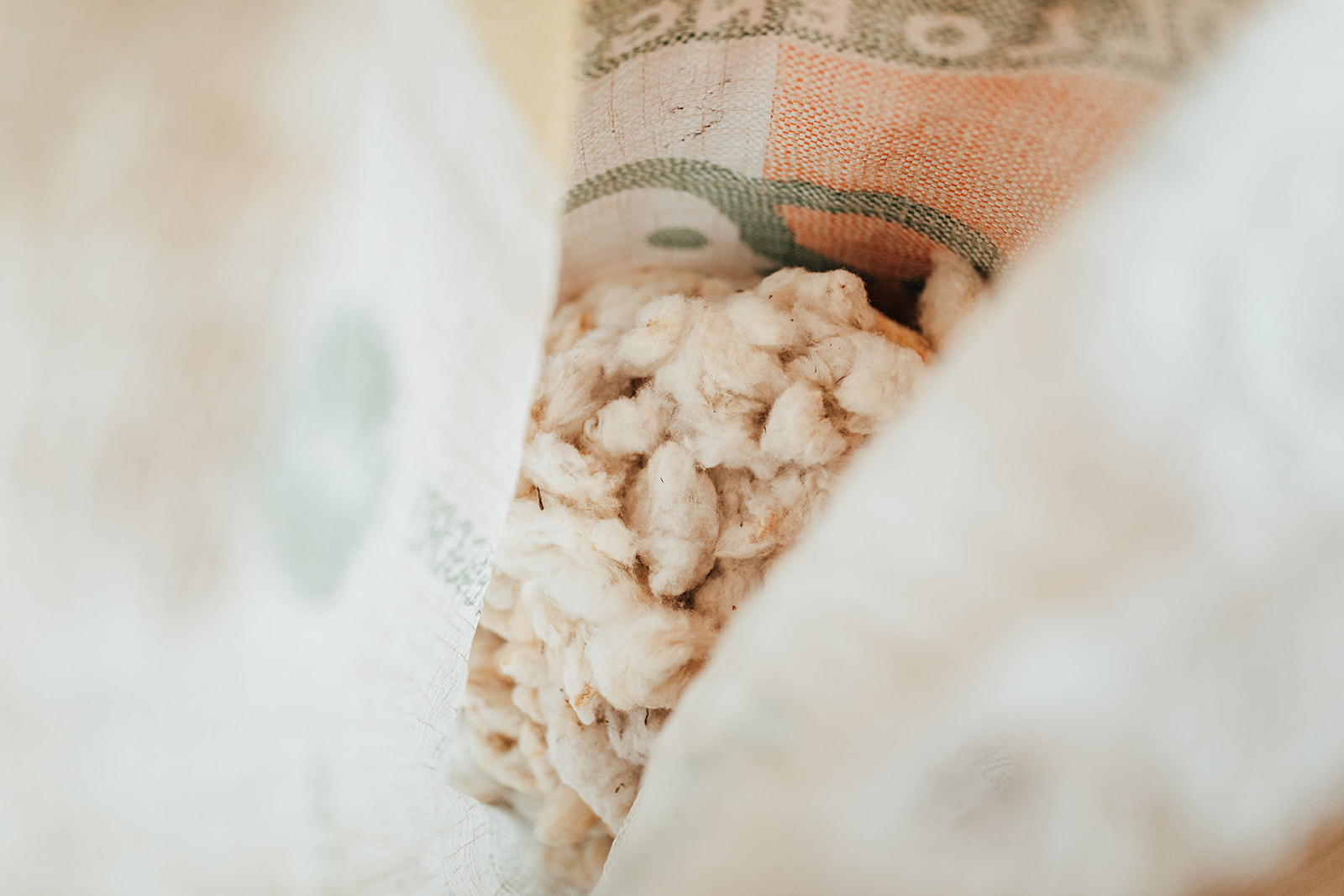
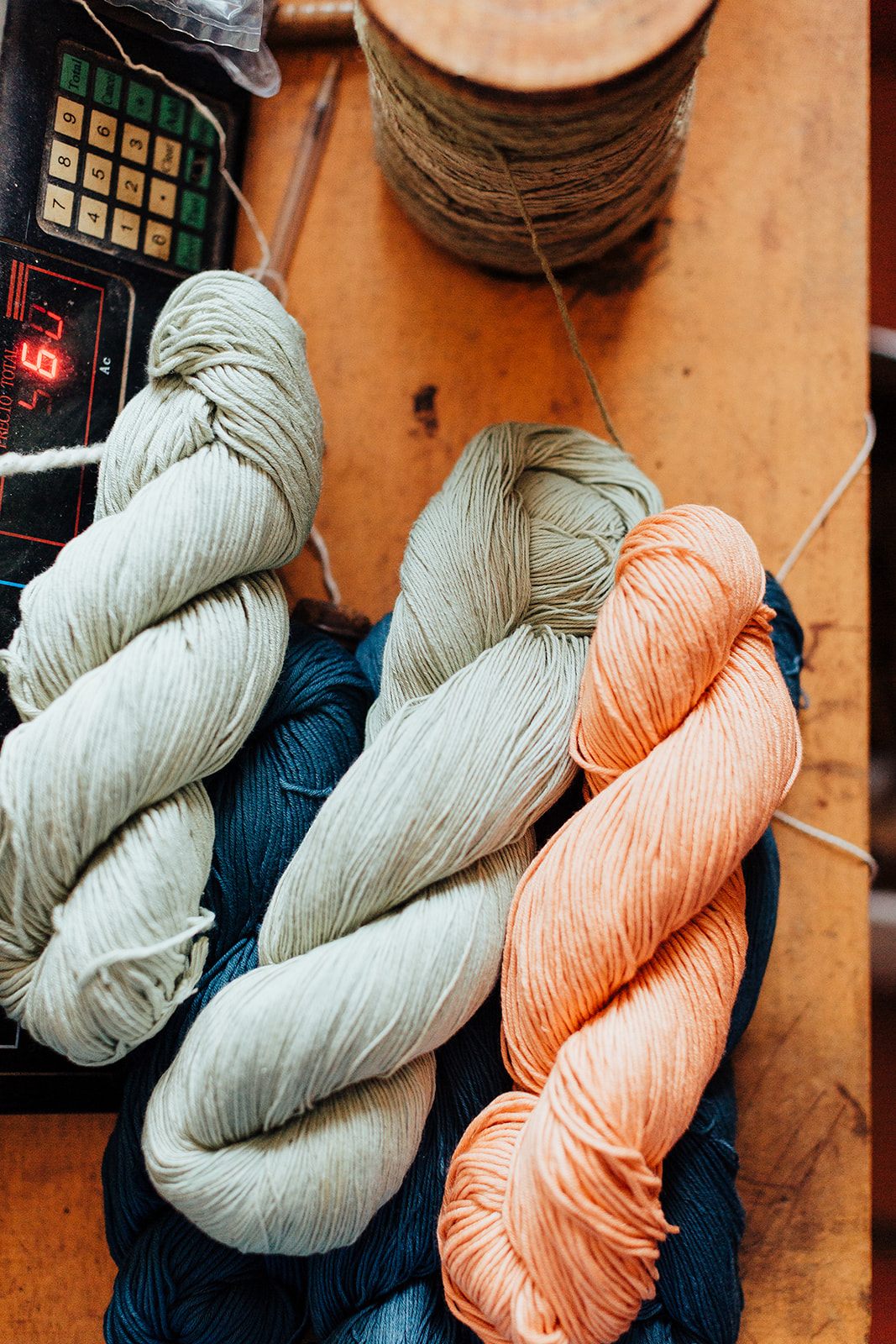
Today, the artisans in the region are advocating to return to growing organic cotton in the way their ancestors had done it. Sadly, this is still a long-term dream. Organic cotton still exists here, but the lack of government and industry investment in tools to spin that cotton in organic methods has made it difficult. That is why we had to look for another organic cotton supplier meanwhile we continue to get the resources needed for an organic certified spinning mill to make our own organic cotton yarn a reality.
We currently work with another artisan factory from Peru to supply us with the organic cotton yarn we need. We thought it would be very important to still create products with the integrity of the history of the region by only using cotton that was organic. The artisans also use plant and vegetable dyes. We respect and value this choice because we also know that natural dyeing is a very good sustainable option instead of conventional chemical dyes which are widely used in the textile industry and are water pollutants.
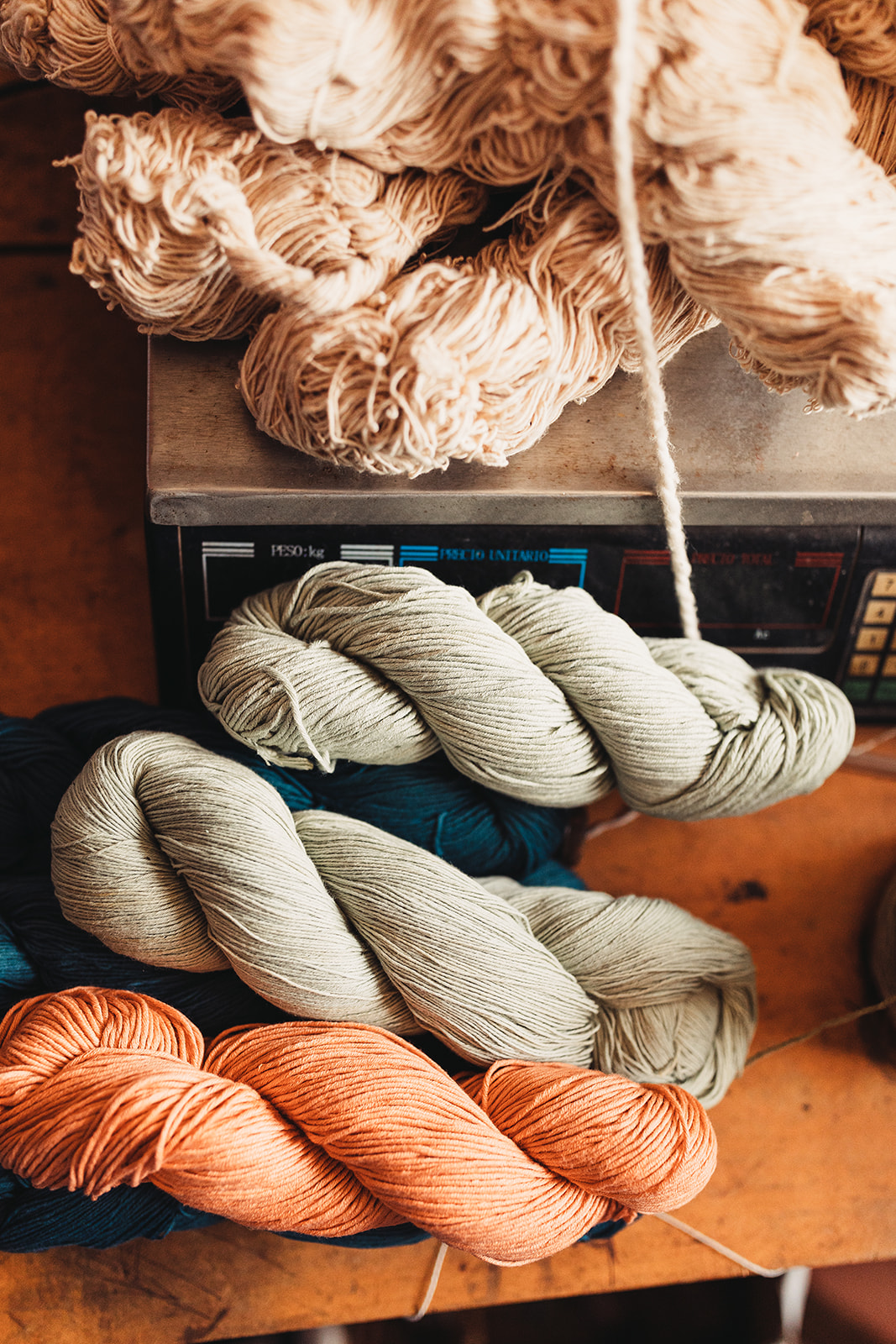

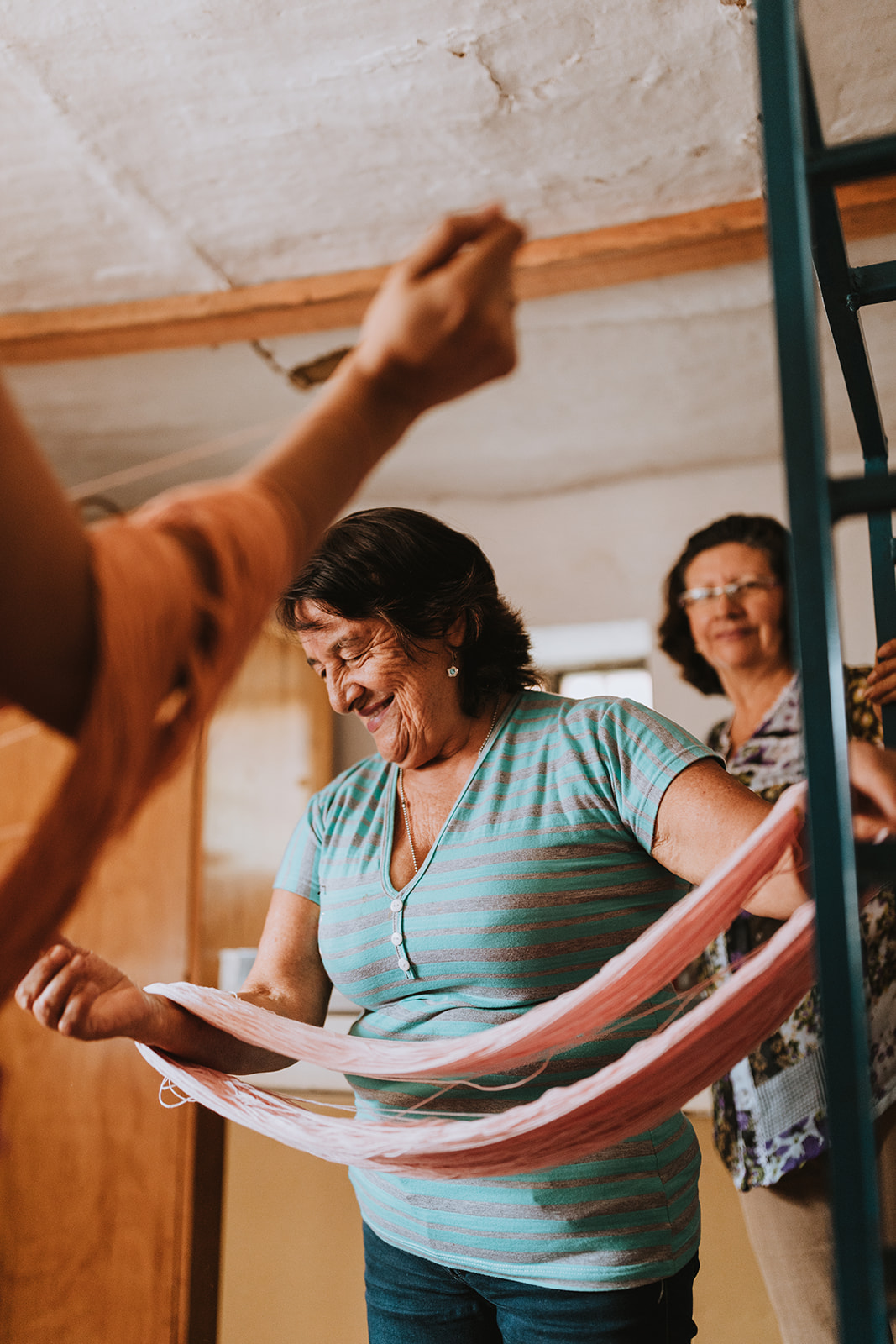
Lastly, there is a big problem of waste. I agree when people say that waste is a design flaw. By using the design thinking method, I think it is possible to start redesigning our linear method of production for a more circular one. In our case, we firstly design with only biodegradable materials. This means that even though we are creating new products, at the end of their life cycle they can go back to the earth with no problem. Still, we believe that even when making new products we have a responsibility to design them to last and with minimum waste in mind. We design all our pillows, rugs and blankets to mostly fit the width of our looms entirely, and for the small fabric waste that is created we make smaller items such as pouches and clutches, having a minimum waste design model.
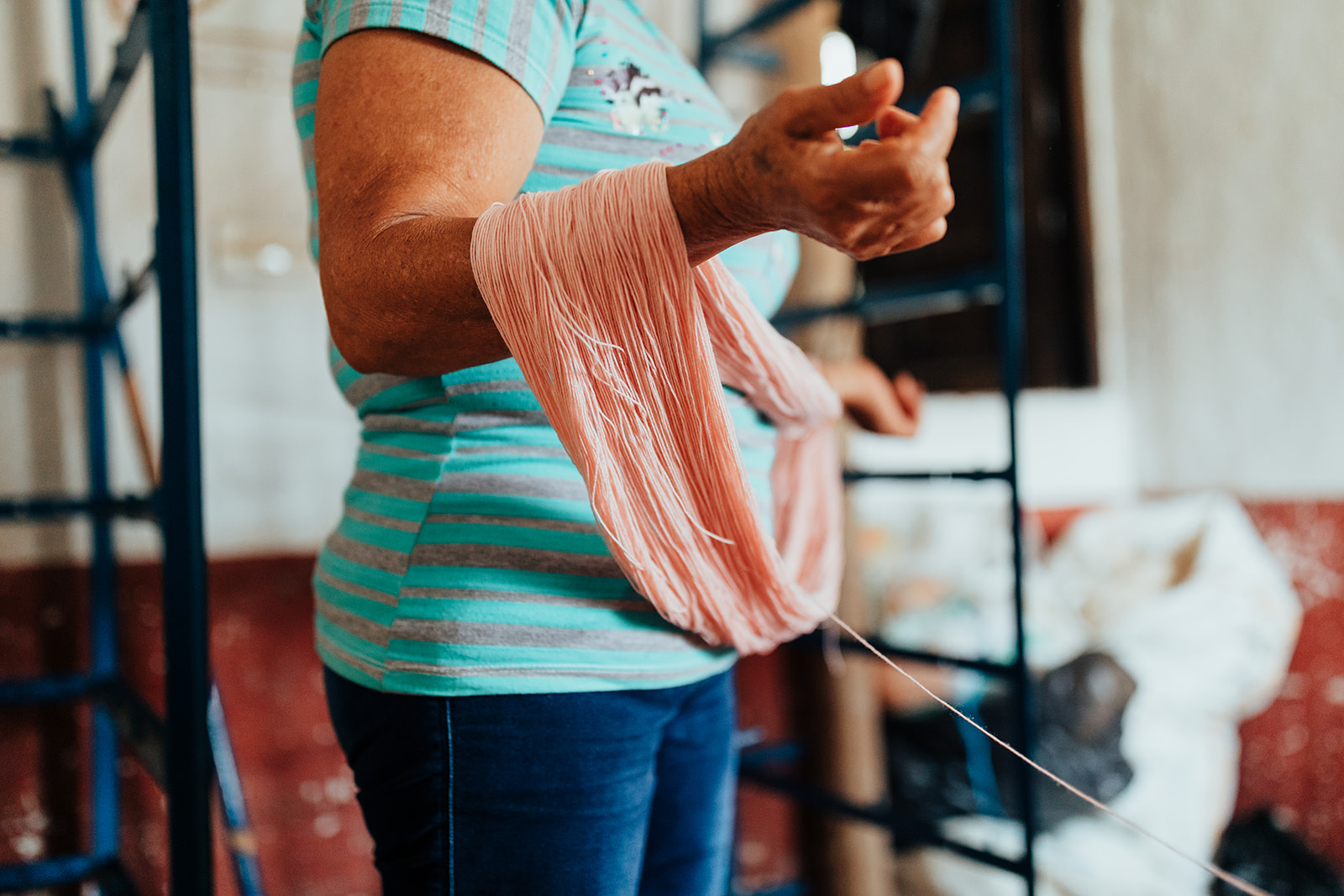
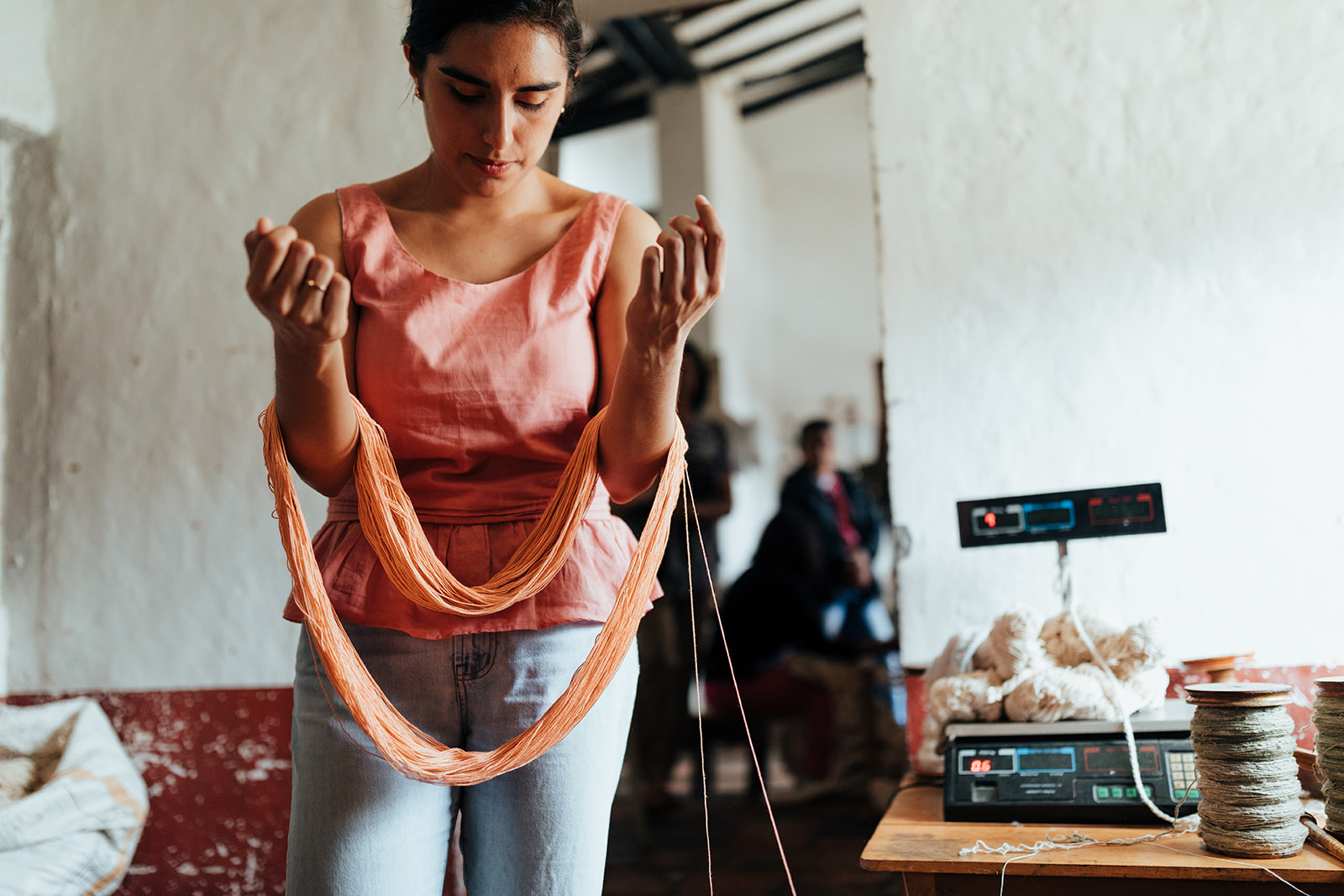

Tatiana also told us about her design process and how she works with her team to bring it all to life.
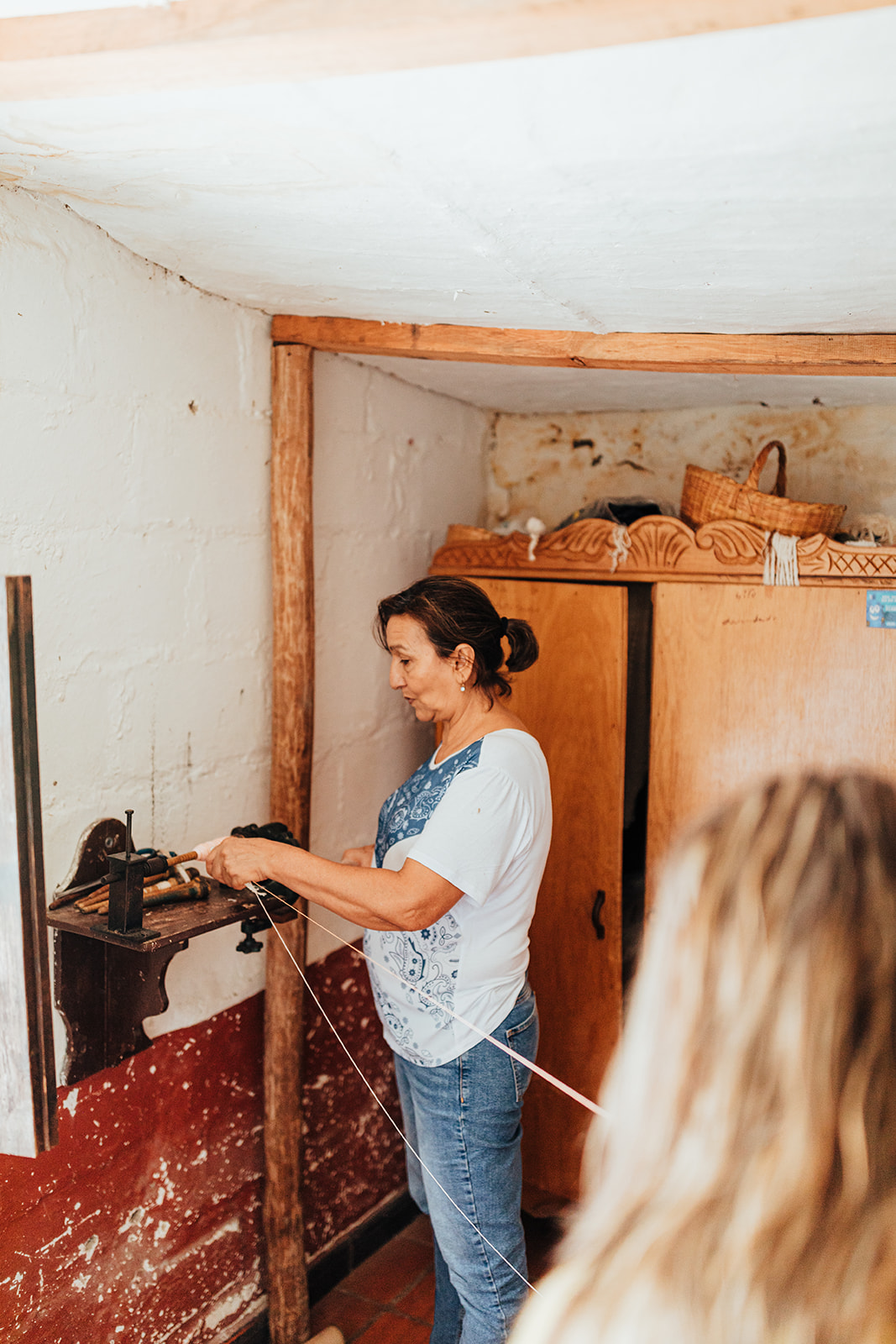
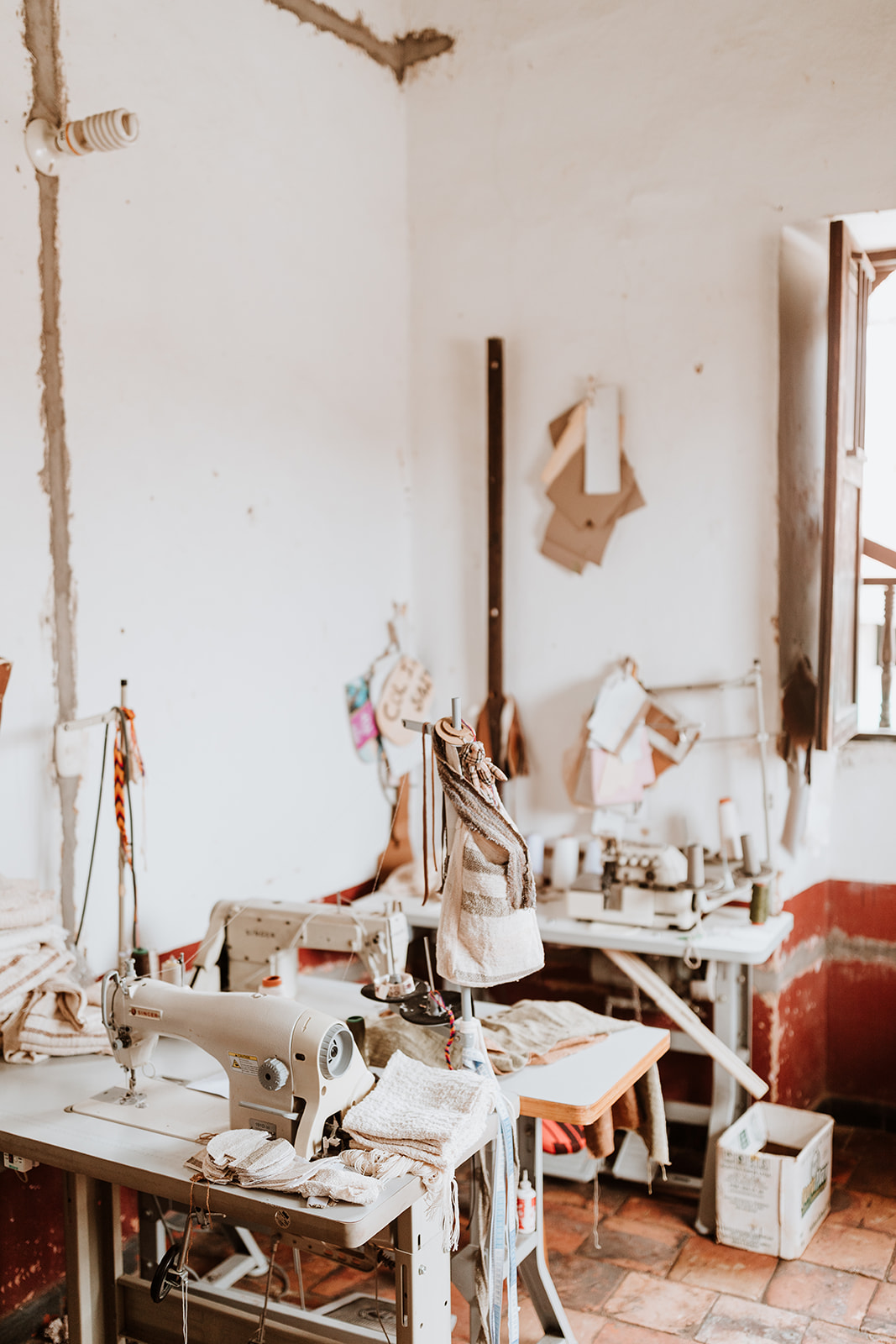
Inspiration. I collect imagery, memories and photographs of color combinations, textures and scenes that will be guides I we make desicions, making sure what the design is always in tune with the brand’s aesthetic and collection’s theme.
Material Research. Although we only work with organic cotton, we think that thickness of yarn and color do play a big role in textile design, so we try to understand the behavior of our materials very well when designing a new fabric.
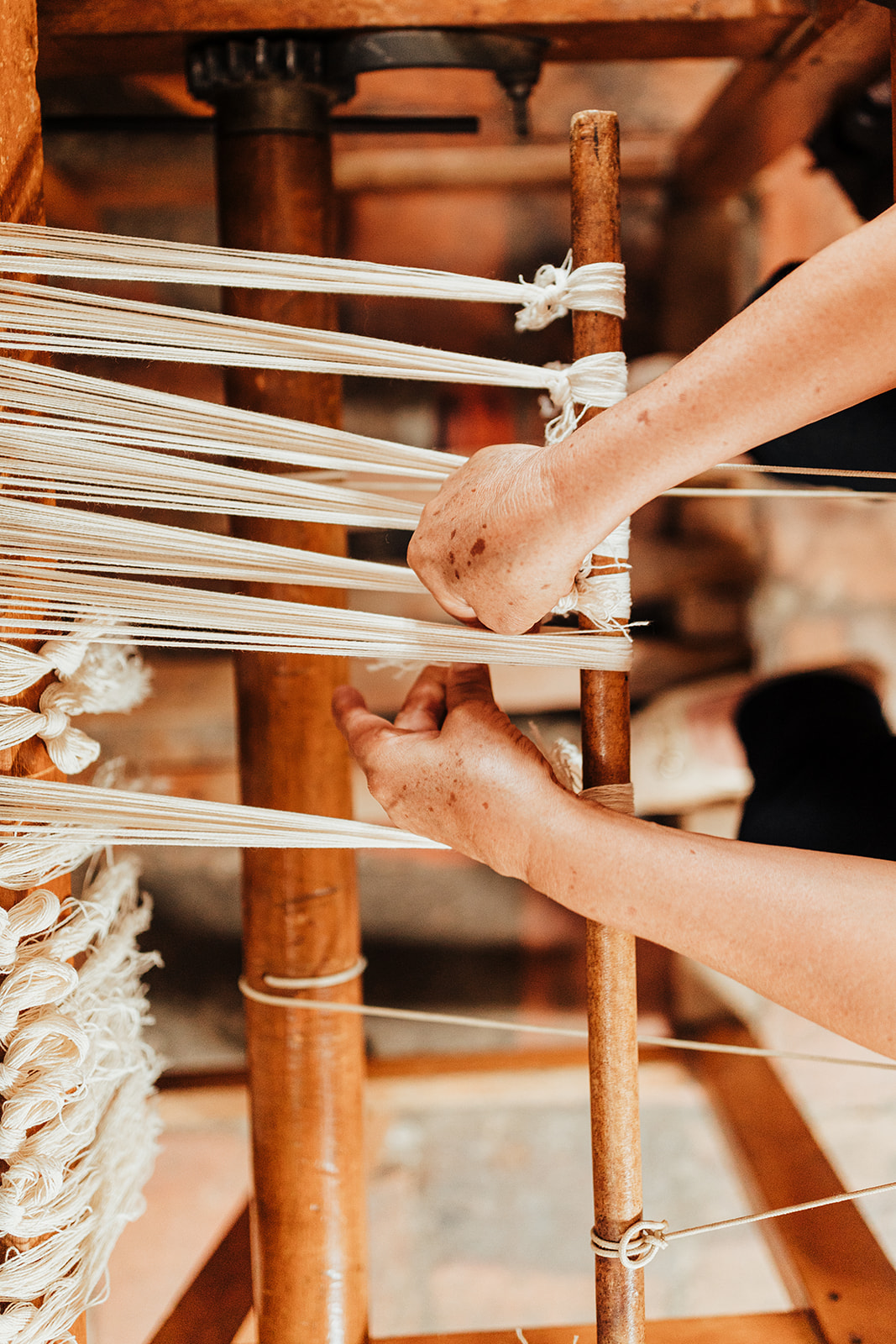
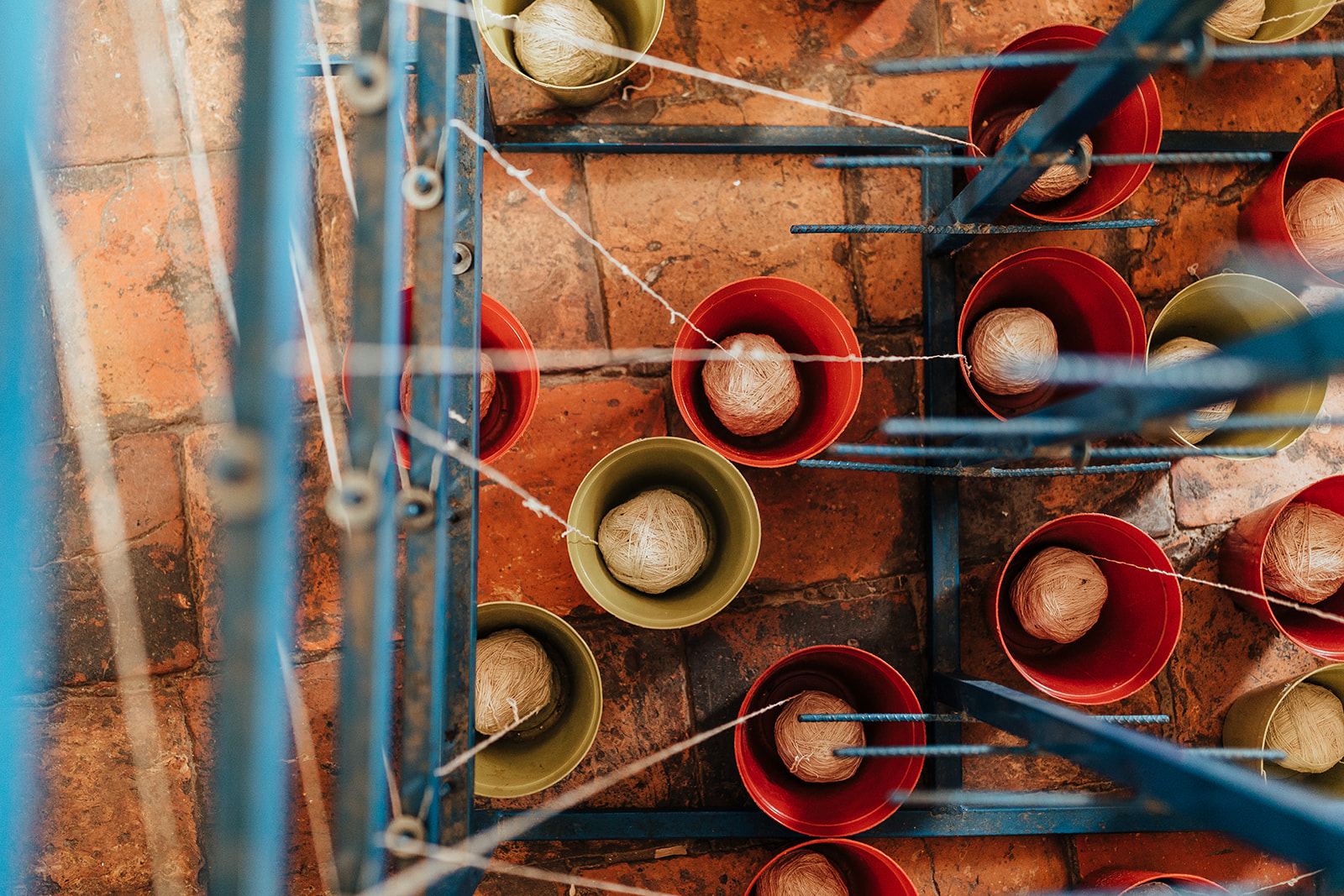
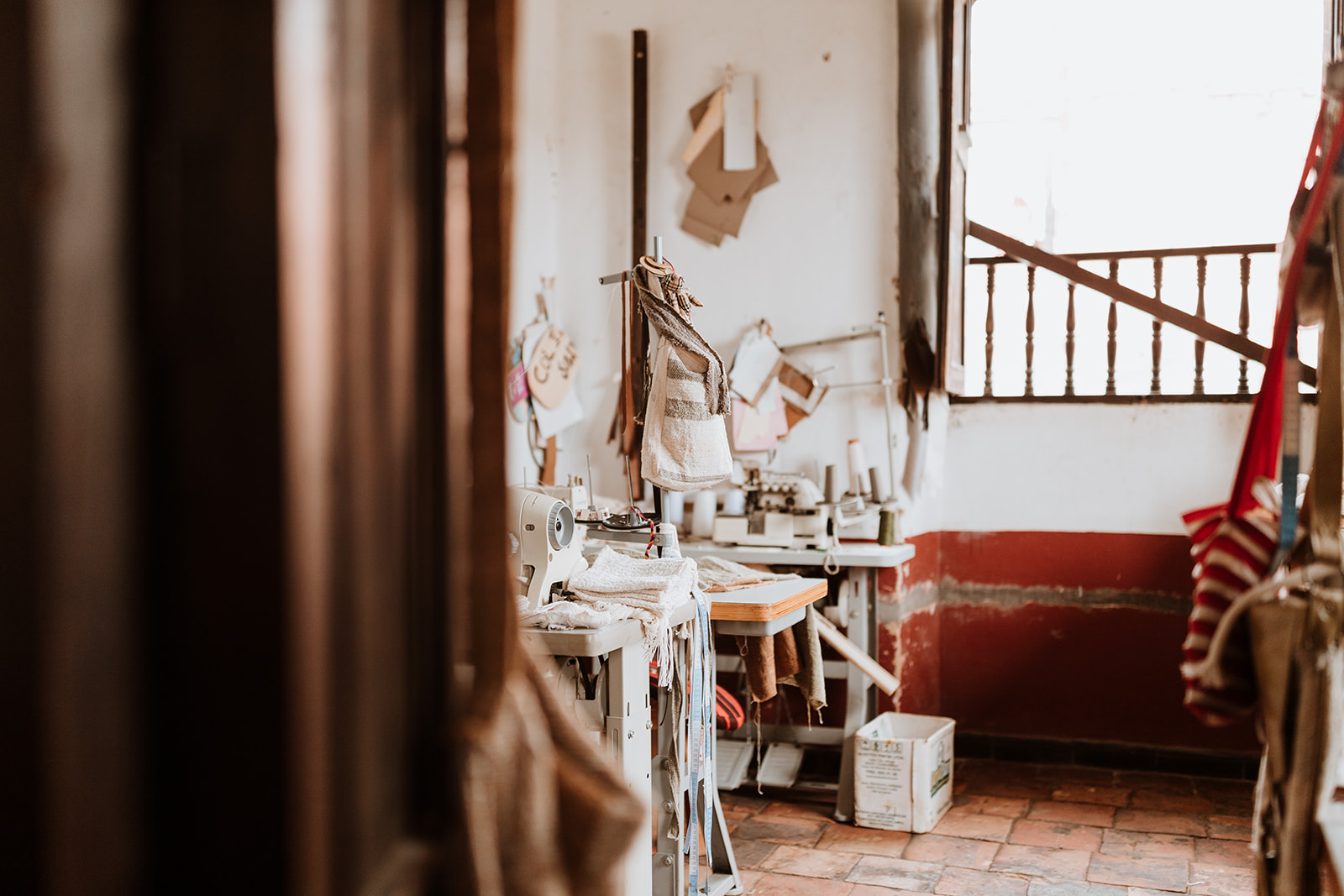
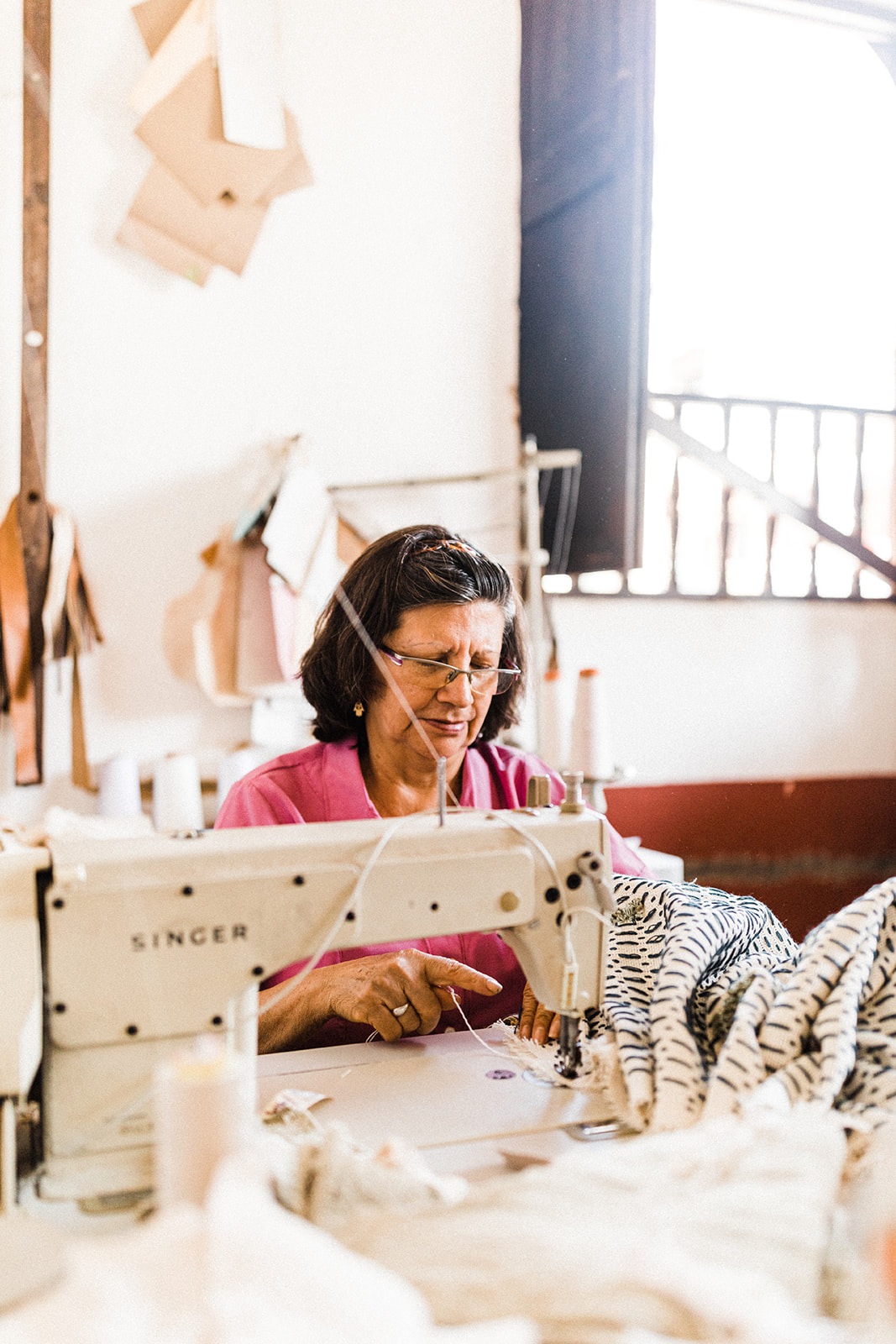
Experimentation. This is the step when I try out new weave structures at the handloom. Using a weaving draft as a beginning point, then we explore the endless possibilities the loom can give us to create new innovative patterns and color combinations.
Textile Samples to Final Product. I take these small textile samples to the artisans’ workshop. This is when we start collaborating in choosing the best weaves, finalizing color combinations, trying them out in a product for the first time and making final and important decisions collectively. During this time is when weaving new fabric, cutting it and sewing it into new products takes place.
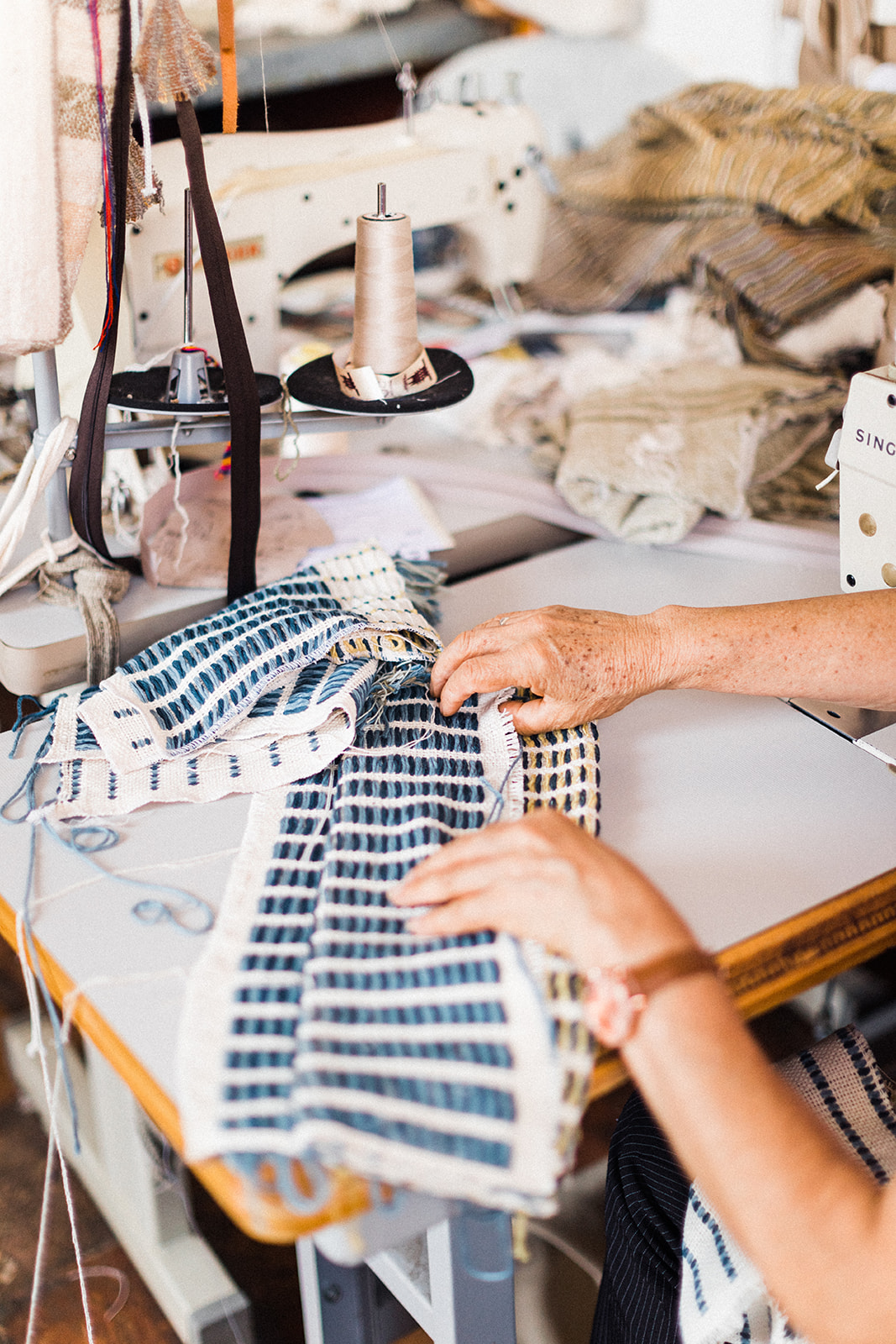

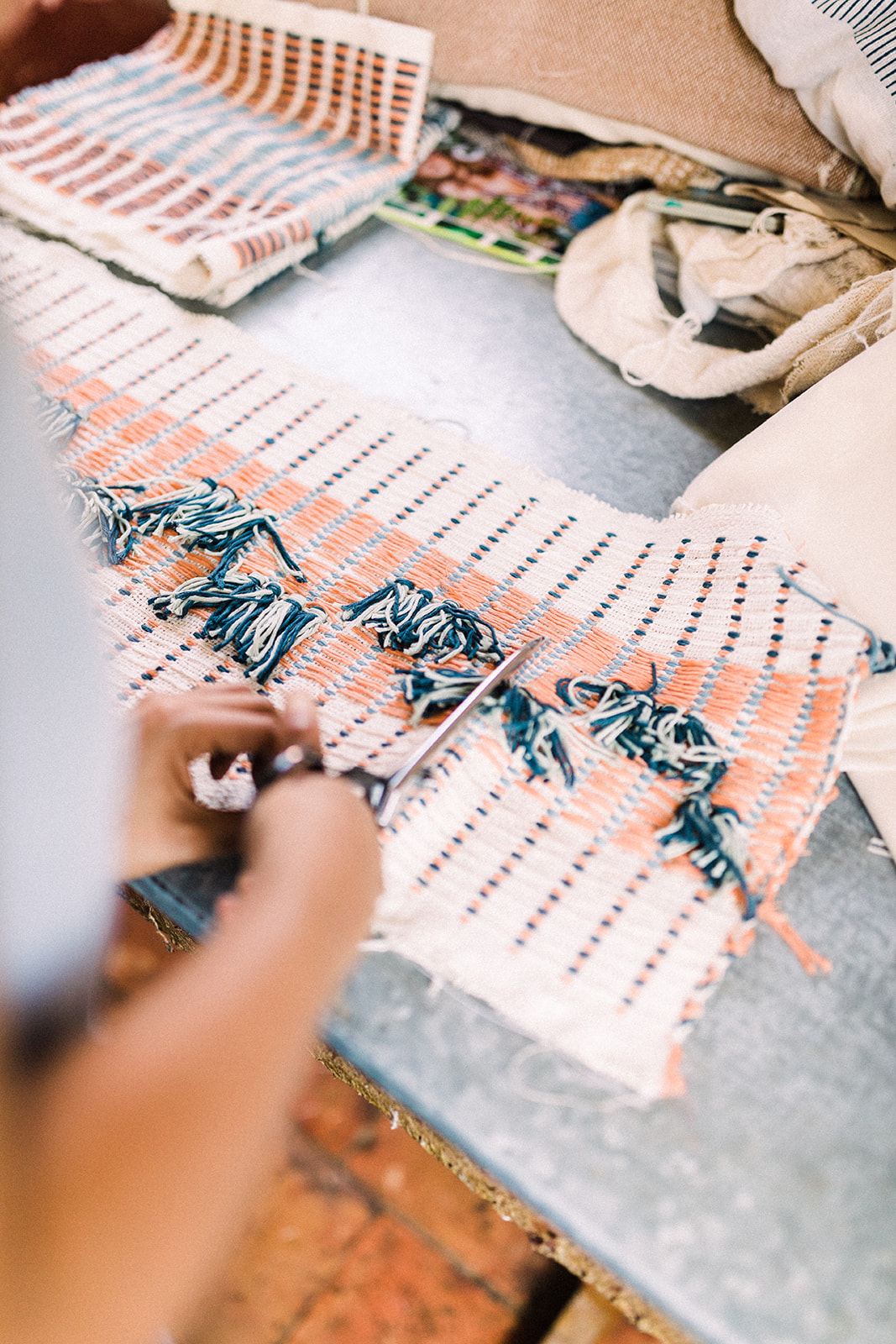
Final details. Quality control is very important. You can’t make a product that looks gorgeous in a photograph but is not well made. This step is tedious but is crucial. Making sure the fabric is resistant (although our fabrics are delicate, they don’t fall apart), sewing is perfect and some products require final touches such as macrame knots and tassels which will elevate the design.
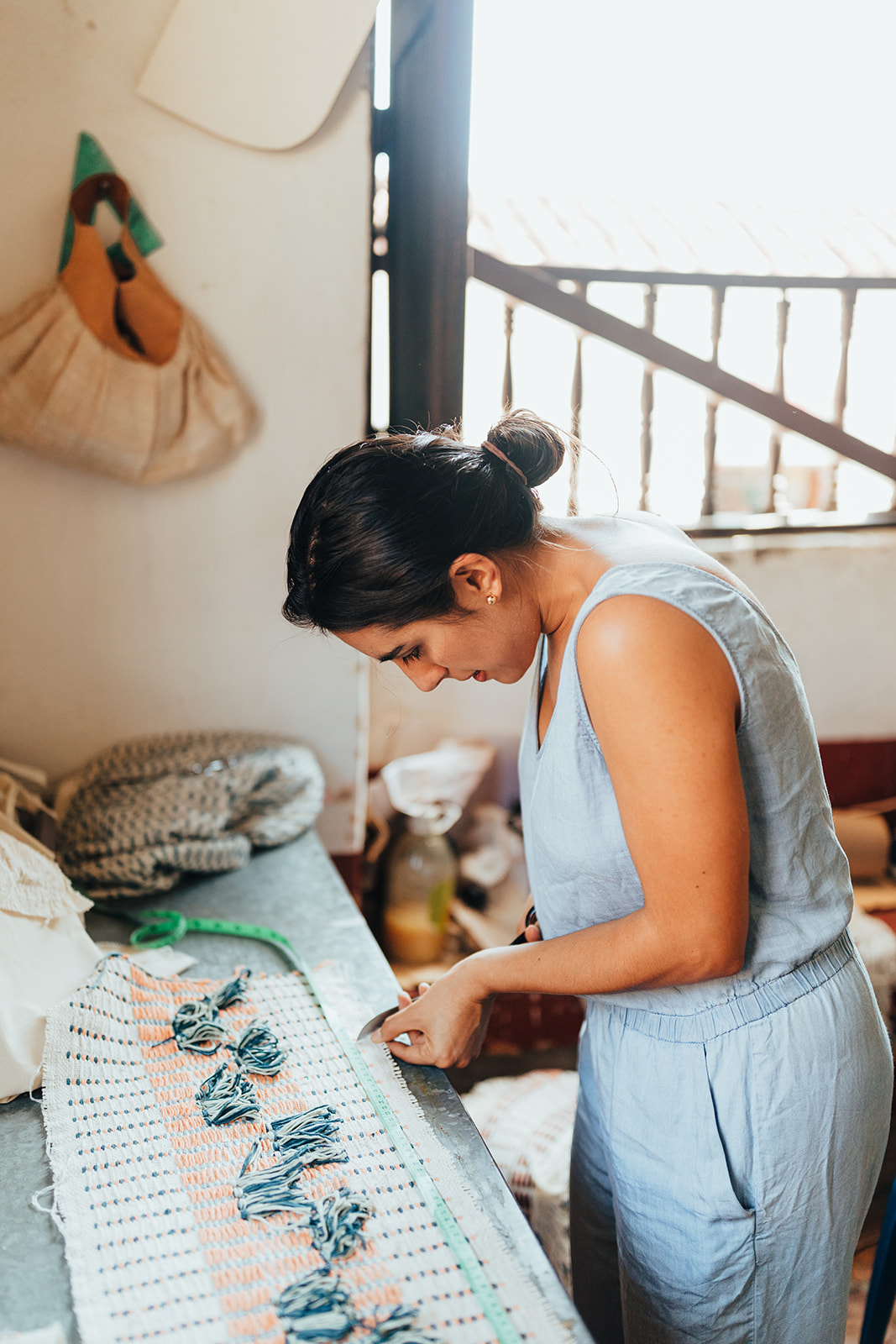
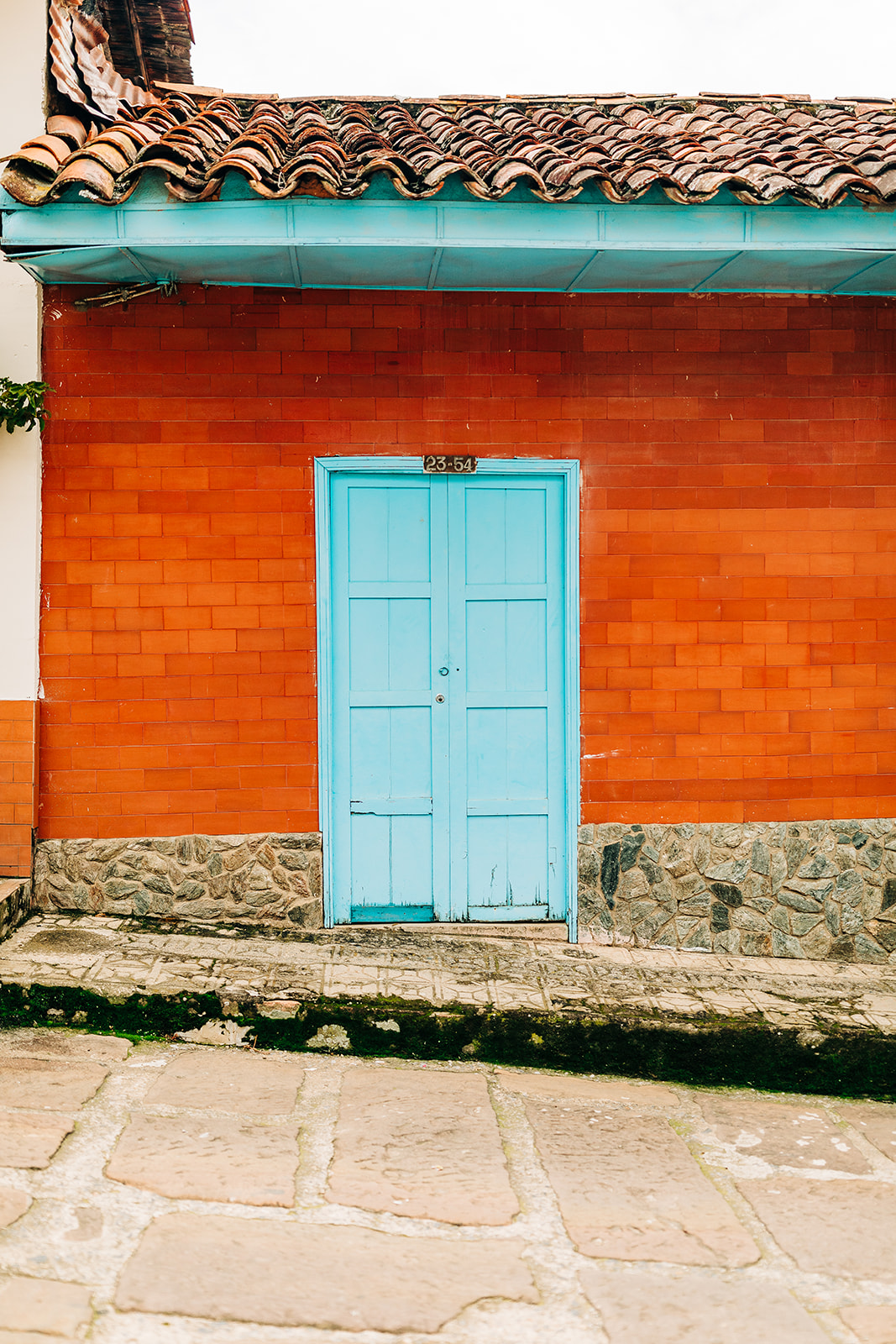
Given that our products are handmade and there are so many steps to finish one single item, we want to be respectful of the load of work our artisans have and allow them to work at a good pace, not a factory environment. We generally make between 30-50 units per style of each product to keep in stock for our online sales platform and we are currently making one collection a year as we are just staring off. We hope designing 2-3 collections per year to allow for custom projects as well as more homes and businesses want to have Zuahaza products designed for them too. As we grow, we will continue to evaluate and learn better ways to make our production easier and more efficient without compromising our values and the wellbeing of our artisans.
Thanks to Tatiana for diving deeper into her business and gorgeous, ethical home decor at Zuahaza. See part one of this eco studio tour, if you missed it!
your two cents